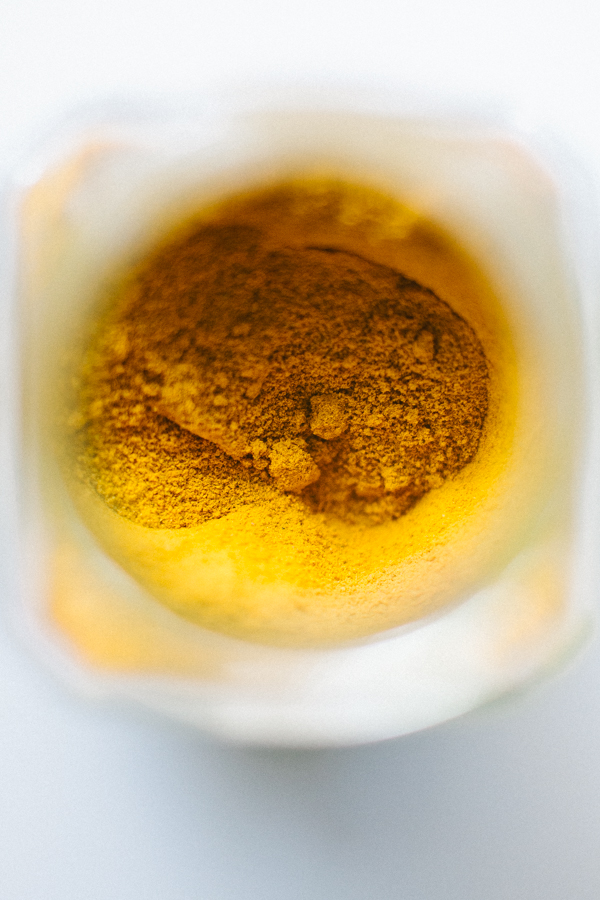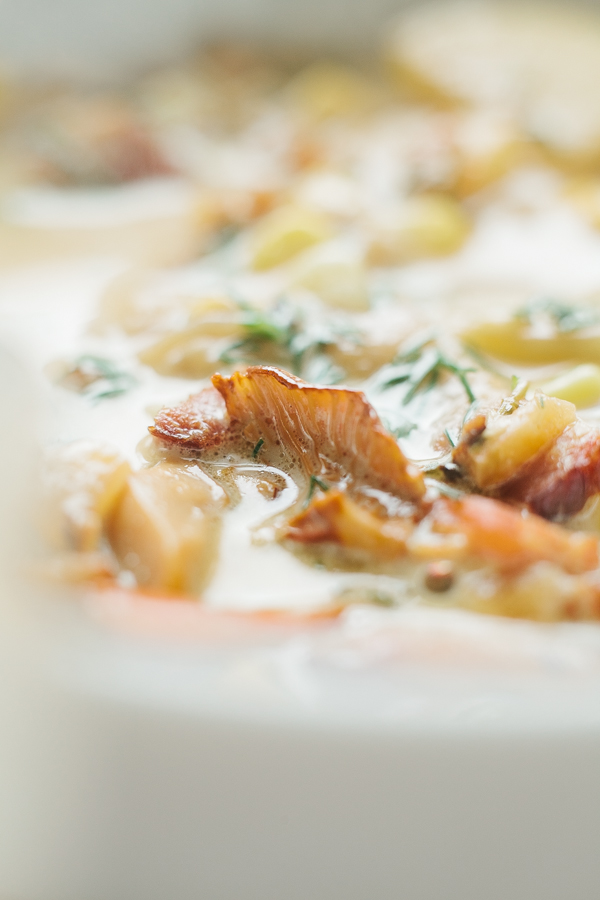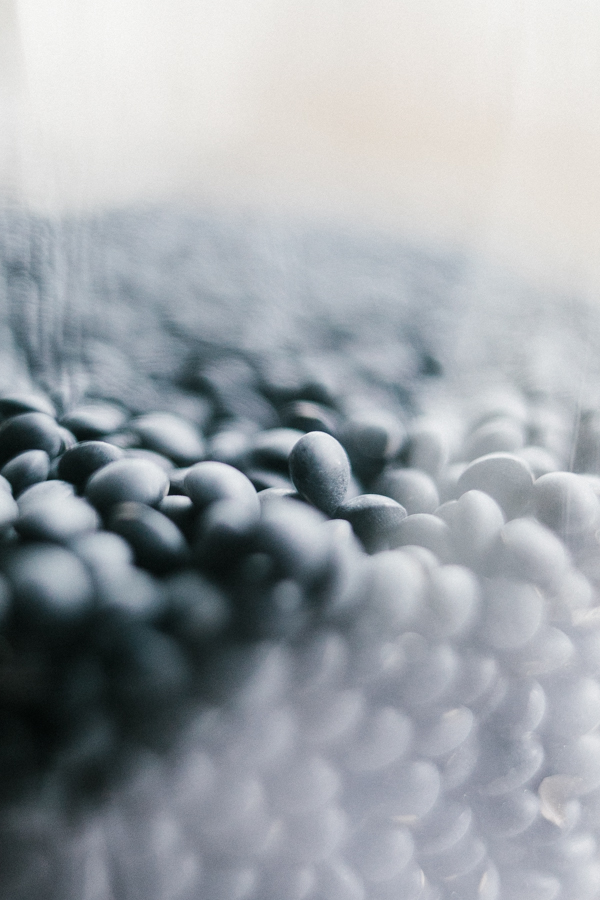My camera bag is usually quite slim. I stick to just a couple of lenses, only straying from my standards when I feel like I need a bit of a creative burst. Typically I always have a 50mm 1.4 on my camera and then some sort of macro lens — either a 50mm macro or extension tubes. I’ve found that food photography is a fun opportunity to use my macro lens.

What is macro photography?
Macro photography gives you the ability to shoot a subject very close up. The lens is able to focus on fine details even on very small objects.

Why shoot food with a macro lens?
Photography is an art because of that I cannot tell you a right way and a wrong way to shoot. What I suggest here is only my opinion and you should continue to shoot in a style and voice that feels right to you. I will say, however, that pushing yourself out of your comfort zone is one of the best ways to improve. So, if you haven’t shot macro food before, I would highly recommend giving it a shot. (Pun intended.)
Macro food photography is one of the best ways to show off the texture, movement and intrigue in food. It helps people notice the details and really puts all of the focus on the food rather than the styling. Shooting macro has shown me that there is so much beauty in the details of food. For example, it wasn’t until I pointed my 50mm macro lens at an onion skin that I realized how intricate and stunning the designs in the outer, papery layer are. Suddenly an ordinary object like an onion or a garlic clove becomes a work of art because you see it from a new angle.

Macro food photography forces the viewer to look at food differently and so often the result of that is a deep appreciation for the beauty of food. Simple things like caramel slowly dripping off a spoon or the texture of lentils shot through glass becomes abstract and beautiful.


What kind of lens should you use?
There are a few types of macro lenses available. I typically use either a Sigma 50mm macro or extension tubes that are available for Nikon or Canon. What they essentially do is extend any lens so that you can shoot an object up close with a lens that normally wouldn’t allow you to do so. Extension tubes come in different sizes. I typically will use the smallest tube (12mm) and add it to my 50mm 1.4. Suddenly that lens becomes a macro lens as it allows me to get close to my subject.
Canon also makes a 100mm macro lens that works great too, but what I love about the extension tubes is that they can be used on any lens you already have and a set of three different sizes is only around $200.
If you’re interested in playing around with macro food photography, I would suggest renting a lens or extension tubes for a few days and shoot as much as you can. It takes some getting used to, but that way you can see if it’s a good fit for you before you purchase any costly gear.


Tips for shooting macro:
- Because macro photography forces you to get up close, you have to be sure you have plenty of light. I prefer natural light and I tend to put my subject right by the window.
- Play around with depth of field. You can get some really great effects by adjusting the aperture to get more or less detail in the image.
- Shoot with a higher shutter speed. Because you are shooting so tight, a little bit of shake will show up in the image. Steady yourself by tucking your arms into your body or resting them on a table or steady surface. Shooting at a higher shutter speed than you normally will also offset the shake just be sure you are then compensating by using more light or increasing your ISO.
- Try shooting through different surfaces. Macro photography can lend itself to some pretty cool effects. I’ve shot through glass and plastic before and have loved the ghostly effect. Play around with it!

Share tips, start a discussion or ask one of our experts or other students a question.
No Responses to “Get Up Close With Food With Macro Food Photography Tips”